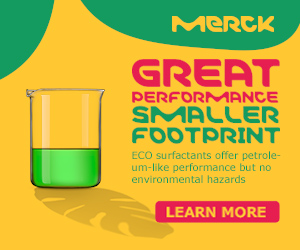Cosmetics & Personal Care
Korean trends continue to influence cosmetic formulations 1st March 2018
By Martin Gunson, Business Unit Manager – Personal Care at OQEMA
Martin Gunson, Business Unit Manager – Personal Care at OQEMA, looks at the impact of ‘K-beauty’ on the global beauty
Our more traditional approach of western formulation is also being challenged by the novel rheology many of these products exhibit. Key brand leaders such as Shiseido, Amore Pacific, Kosé and Pola all play with the rheological characteristics of their newest formulas to create memory gels that flow seamlessly back to their original form in an “as if by magic” way, or create products that look like a gel yet behave like a liquid that can be sprayed to leave a light enhanced skin feel.
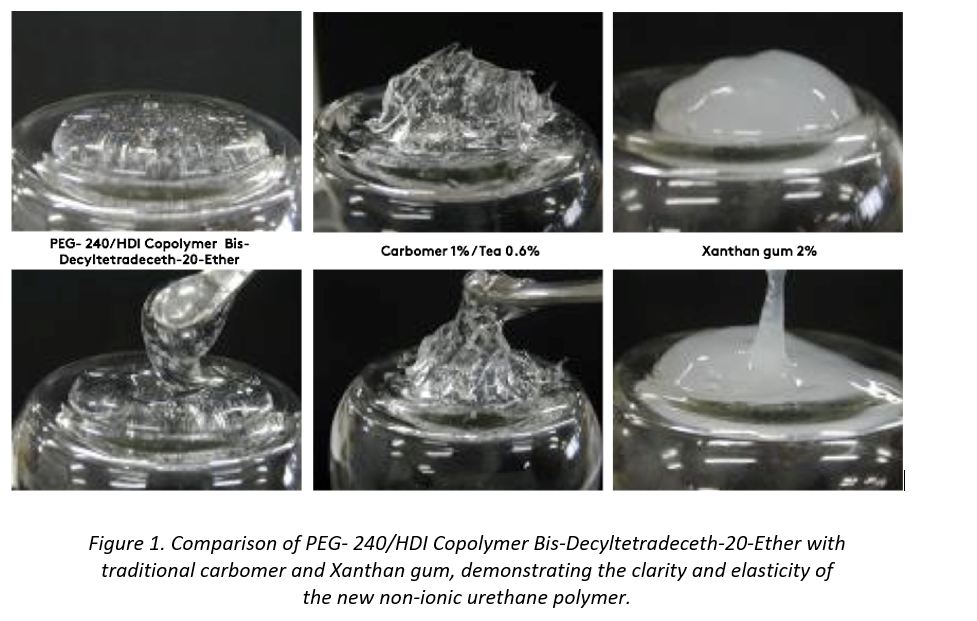
The personal care division of OQEMA, Europe’s newest speciality chemicals distribution company, has been monitoring these trends and, by reviewing the ingredient listings of many of the cutting edge Korean skincare products, OQEMA has identified that many of the formulations contain a novel ingredient manufactured by the Japanese chemicals company ADEKA Corporation: PEG-240/HDI Copolymer Bis-Decyltetradedeth-20-Ether.
What is PEG-240/HDI Copolymer Bis-Decyltetradedeth-20-Ether?
In summary, this is a non-ionic urethane polymer, that forms a water gel and can maintain the viscosity of the product, even in the presence of organic and inorganic salts, to enable thickening and thixotropic effects to the associated formulation.
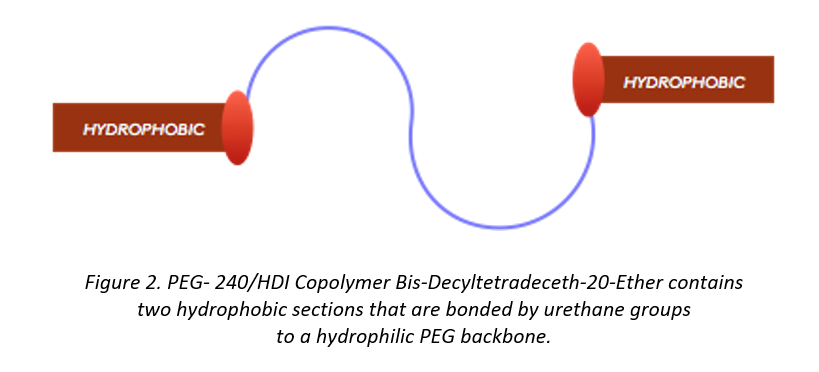
The hydrophobic tails of the polymer form micelles in the aqueous system, whilst the hydrophilic centre creates a network or matrix plugging across the aqueous phase linking into other micelles, thus gelling the water to create stable framework (Figure 3). The resultant gel remains solid, but breaks easily, dependant on the level of polymer present, to flow and reform quickly. This characteristic enables formulators to develop interesting and novel characteristics in the rheology of the end product.
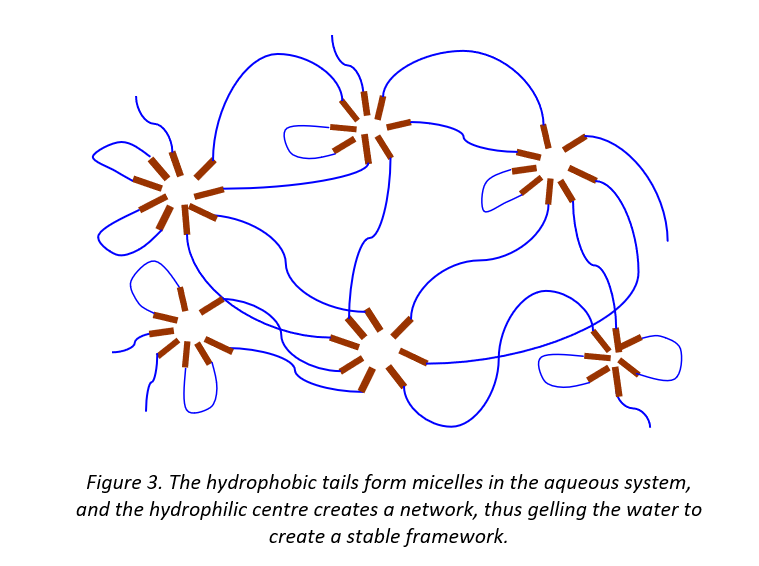
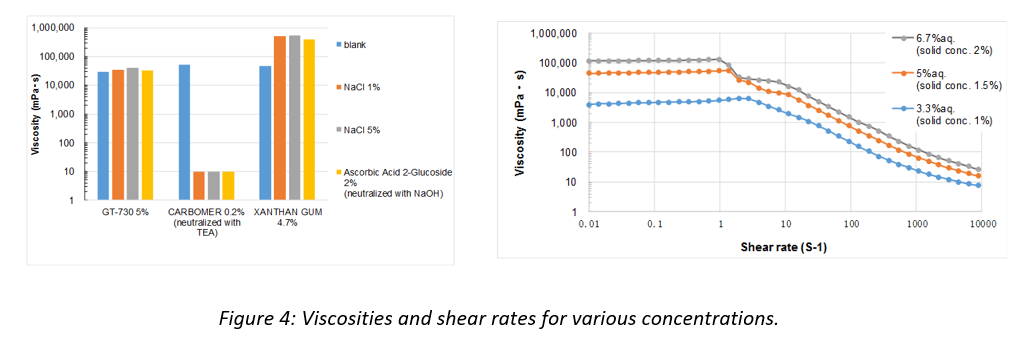
A number of formulations with novel rheology are already available from OQEMA Ltd. The Personal Care team of OQEMA Europe are on a journey to further evolve and develop the customer experience. We will drive synergies and expertise in our key locations, becoming evermore the key European partner for product innovation and value.
Martin Gunson, Business Unit Manager – Personal Care at OQEMA Ltd, Winstons House, Carterton, Oxfordshire, OX18 3EZ, UK
T: + 44 (0)1993 843081, E: martin.gunson@oqema.co.uk
www.oqema.com



